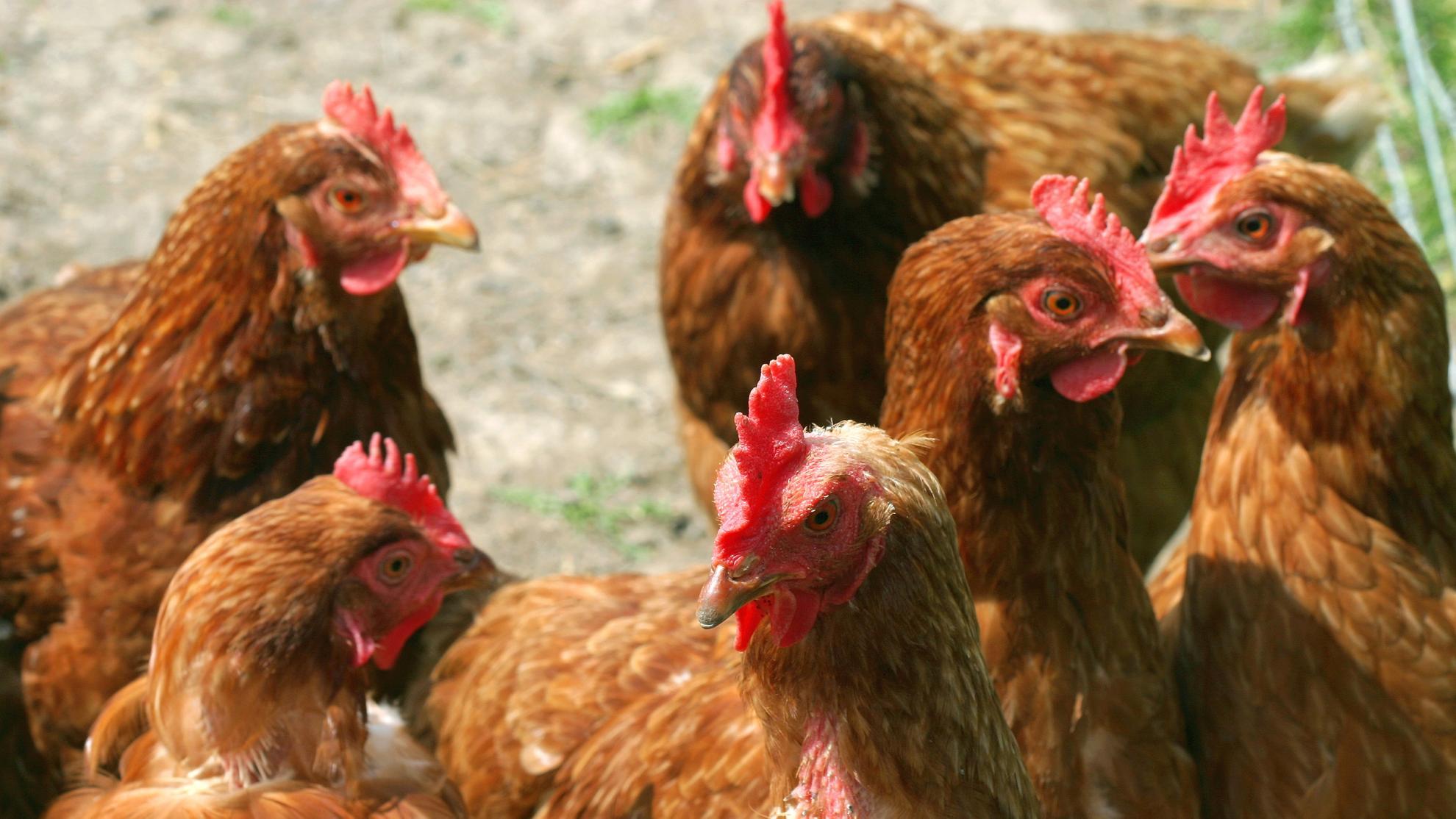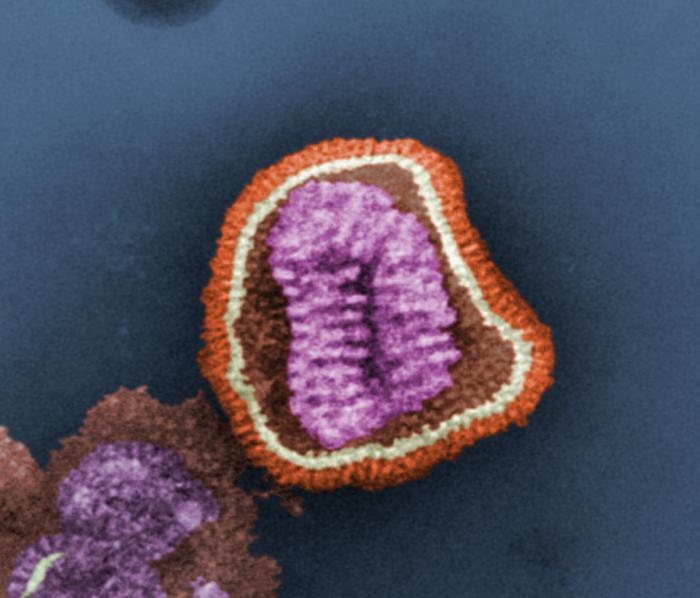Host genetics determine susceptibility to avian influenza infection and transmission dynamics
Host-genetic control of influenza virus infection has been the object of little attention. In this study we determined that two inbred lines of chicken differing in their genetic background , Lines 0 and C-B12, were respectively relatively resistant and susceptible to infection with the low pathogenicity influenza virus A/Turkey/England/647/77 as defined by substantial differences in viral shedding trajectories. Resistant birds, although infected, were unable to transmit virus to contact birds, as ultimately only the presence of a sustained cloacal shedding (and not oropharyngeal shedding) was critical for transmission. Restriction of within-bird transmission of virus occurred in the resistant line, with intra-nares or cloacal infection resulting in only local shedding and failing to transmit fully through the gastro-intestinal-pulmonary tract. Resistance to infection was independent of adaptive immune responses, including the expansion of specific IFN? secreting cells or production of influenza-specific antibody. Genetic resistance to a novel H9N2 virus was less robust, though significant differences between host genotypes were still clearly evident. The existence of host-genetic determination of the outcome of influenza infection offers tools for the further dissection of this regulation and also for understanding the mechanisms of influenza transmission within and between birds.

